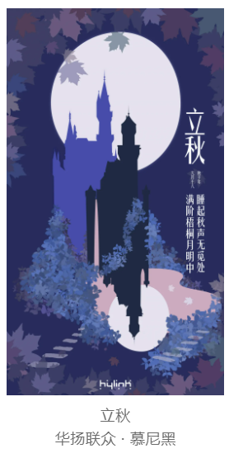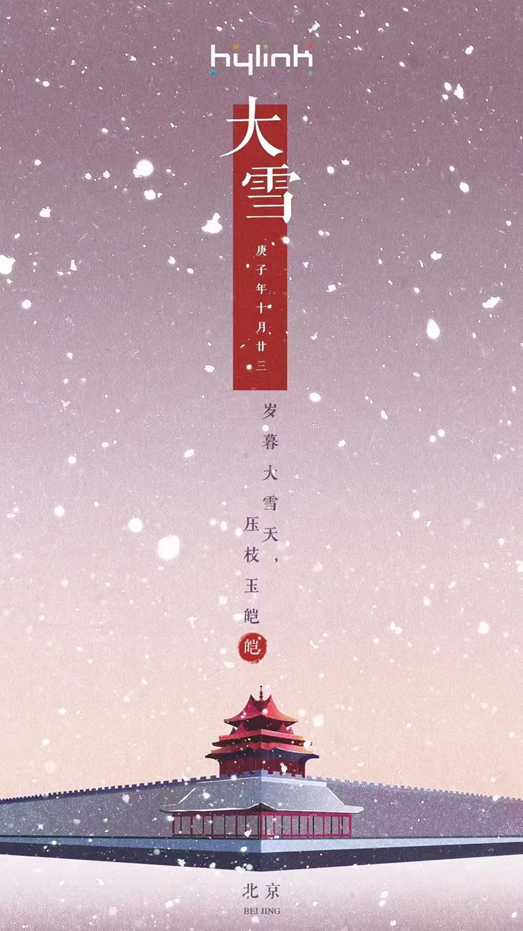
Hylink posts creative pictures for stations in the Chinese solar calendar. The Chinese calendar consists of a lunar calendar with leap months, the lunisolar calendar, and a solar calendar. Therefore, there is the lunar year (年, nián) and the solar year (歲 / 岁, suì) in parallel. The solar year sui is always 365 or 366 days long and the orbit that the sun traverses within 365.24 days is divided into 24 parts of 15 ° each. These 24 stations or annual divisions (節氣 / 节气, jiéqì) are traditionally important for Chinese agriculture, but are climatically more applicable to northern China than to southern China.
In the Chinese calendar, there are six annual divisions to each season. Unlike in the western calendar, the day of the solstice or the equinox is not at the beginning of the respective season, but in the middle. The stations begin with the beginning of spring (lichun) and every second station is a zhongqi (中 氣 / 中 气, zhōngqì - "central / main annual division") with two solstices and two equinoxes. The time interval from one zhongqi to the next averages one twelfth of a year or 30.44 days, but varies slightly due to the earth's elliptical orbit around the sun.
Today's picture is about the Great Snow Station (December 6-8), which in Chinese is called 大雪, Dàxuě.

Which came first? Media or Creative?
Google Mapped the intersection of "Strategy and Creative". Couldn't find it.
Spot Plans are like Quantum Dots. They're always in a state of flux